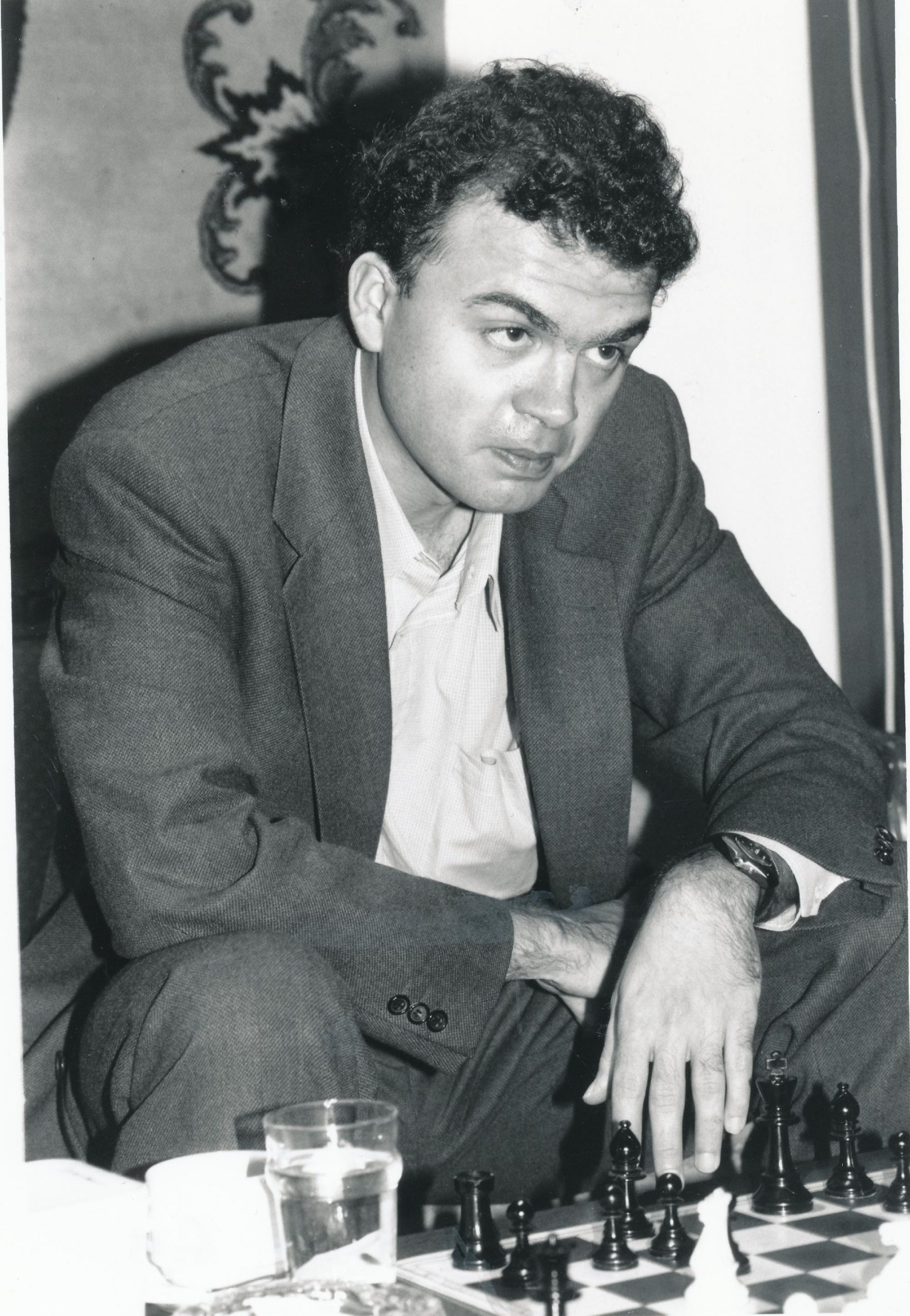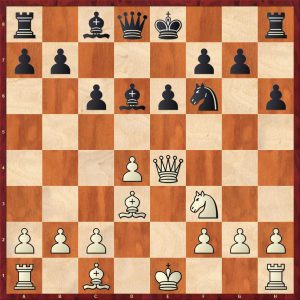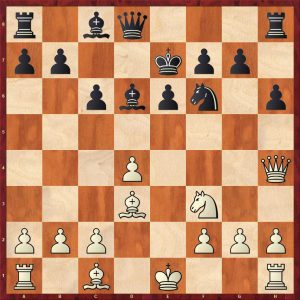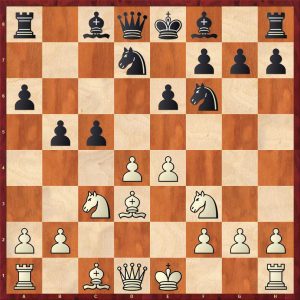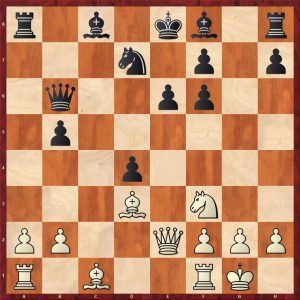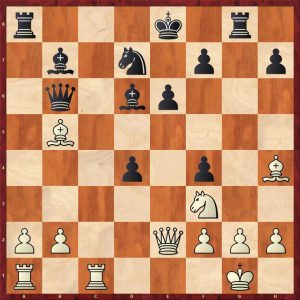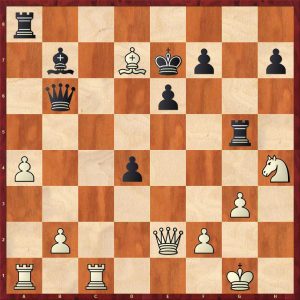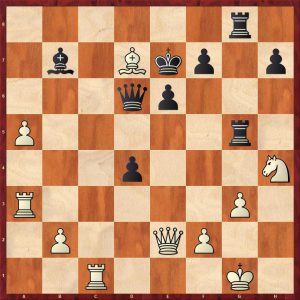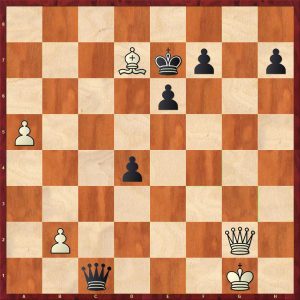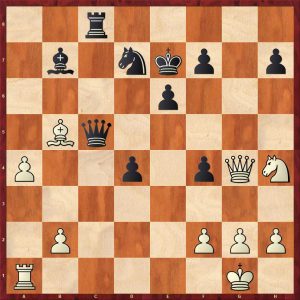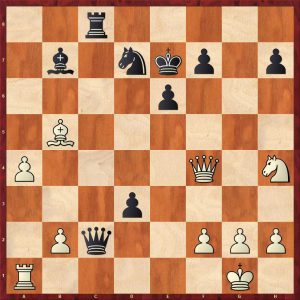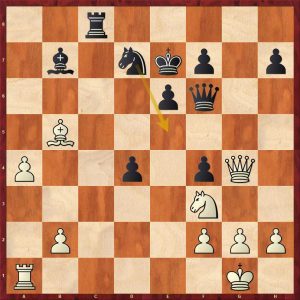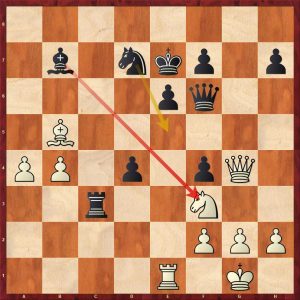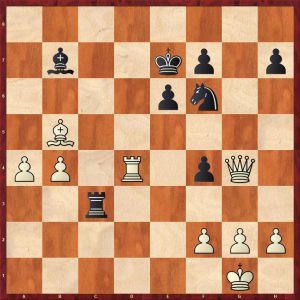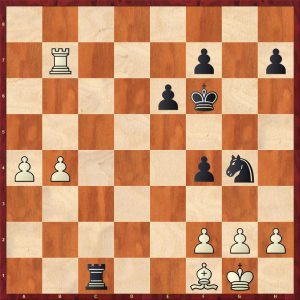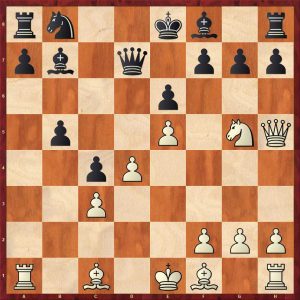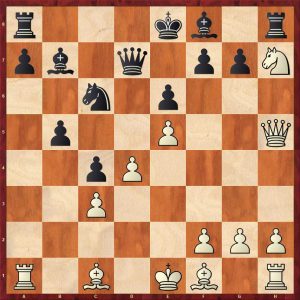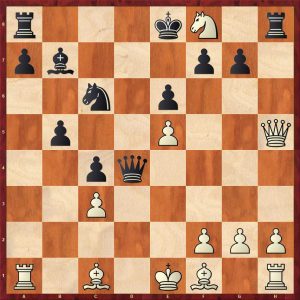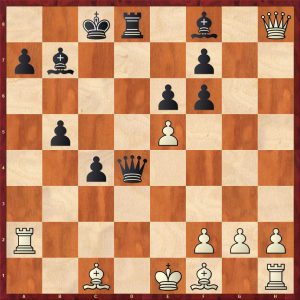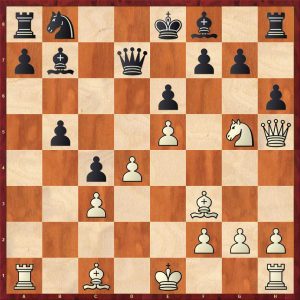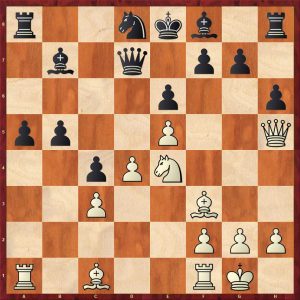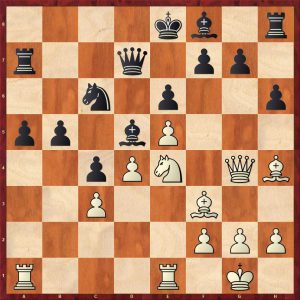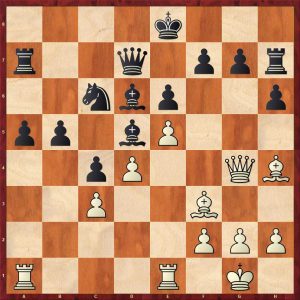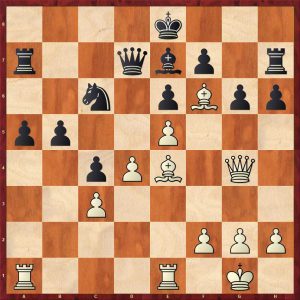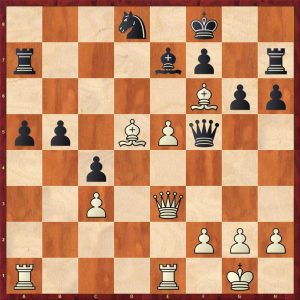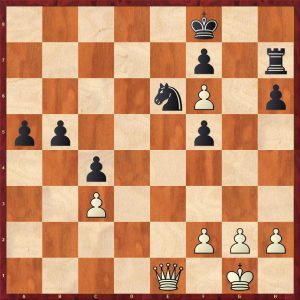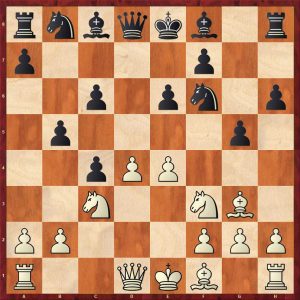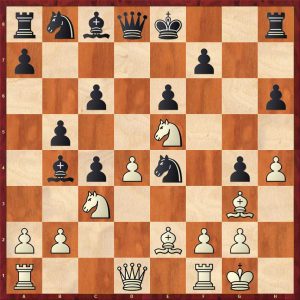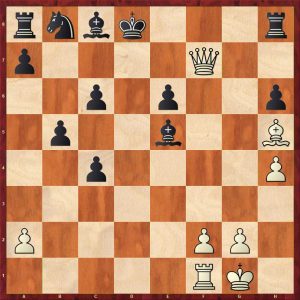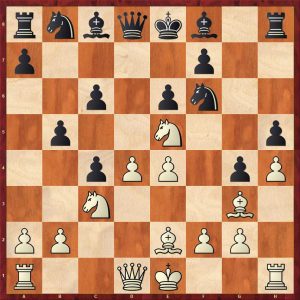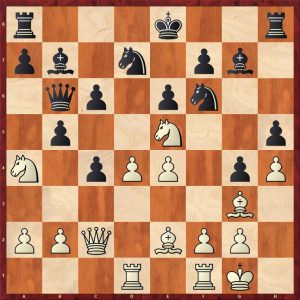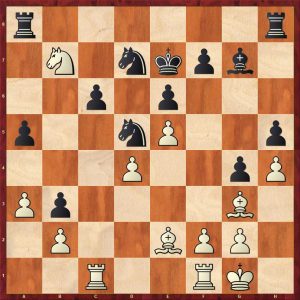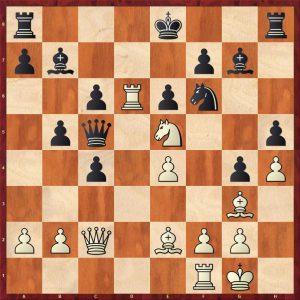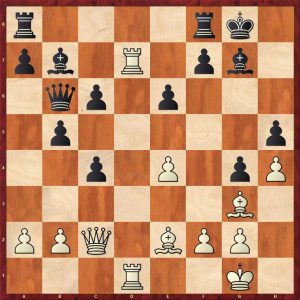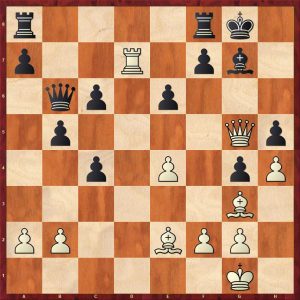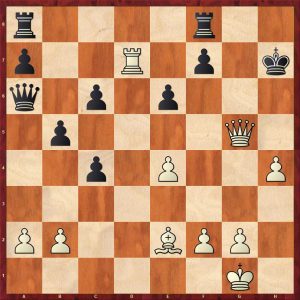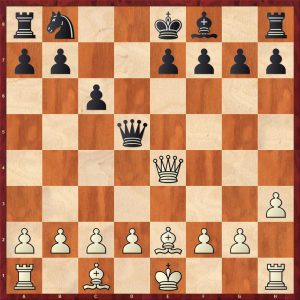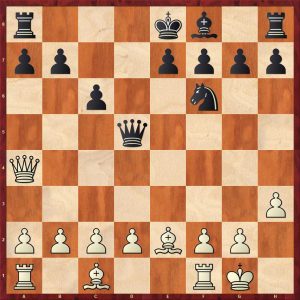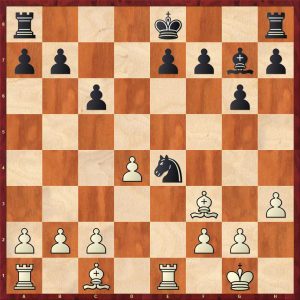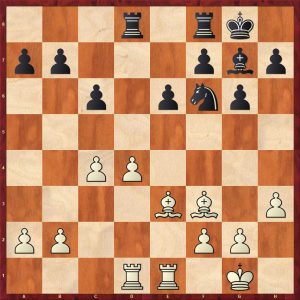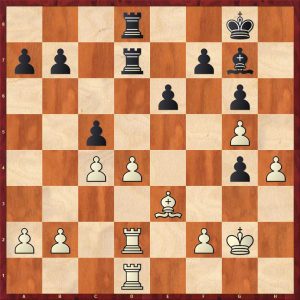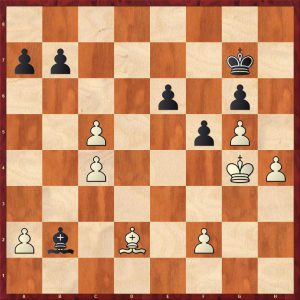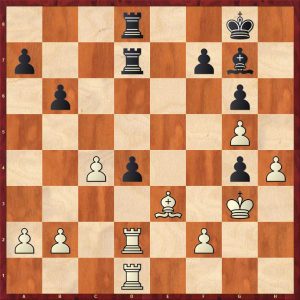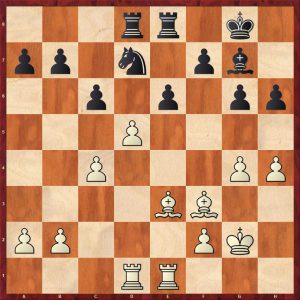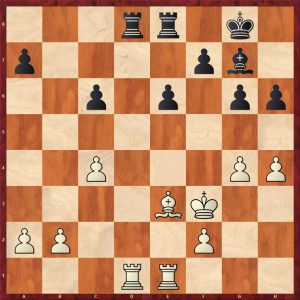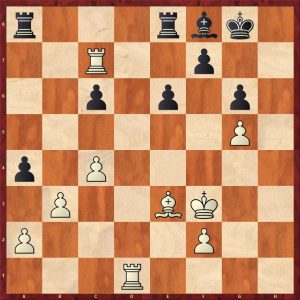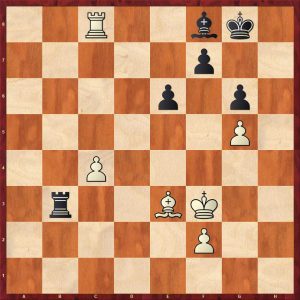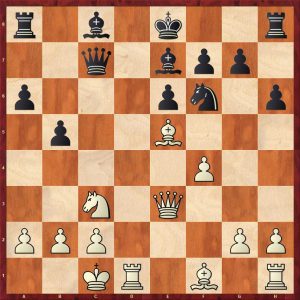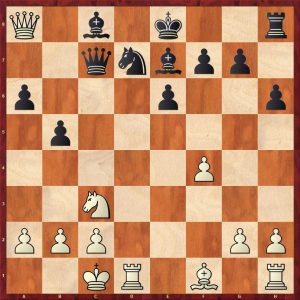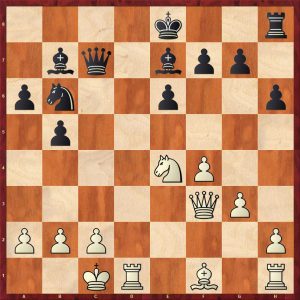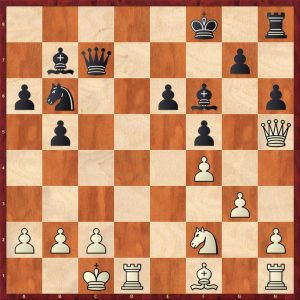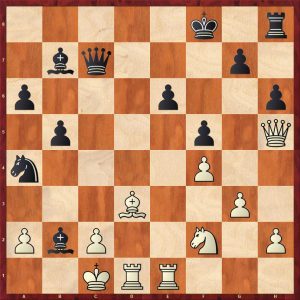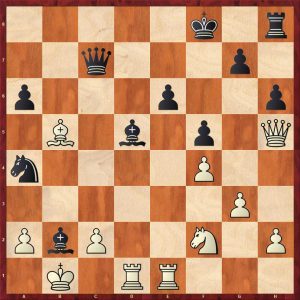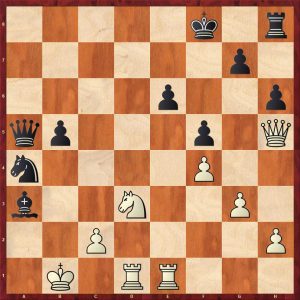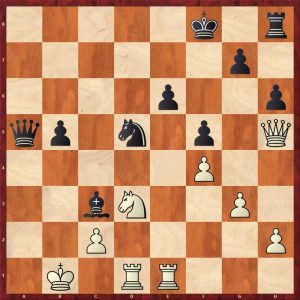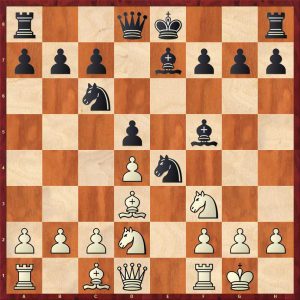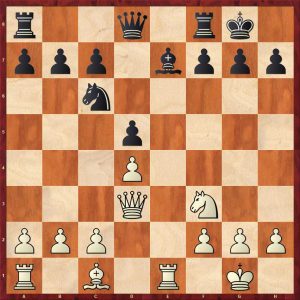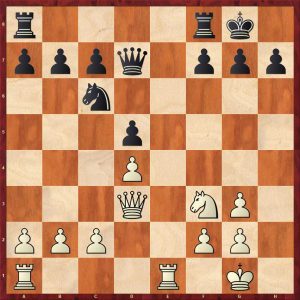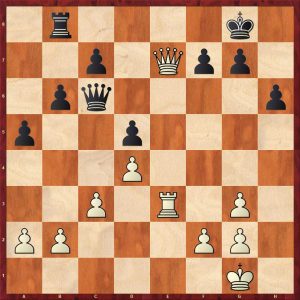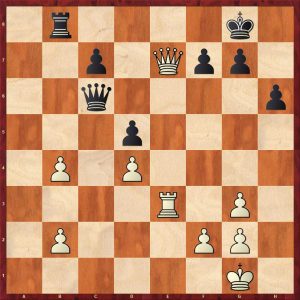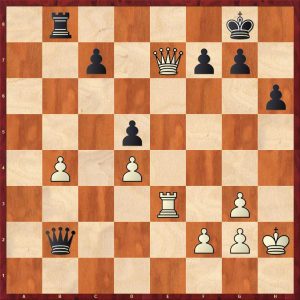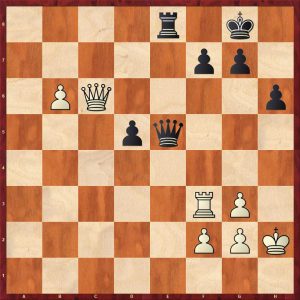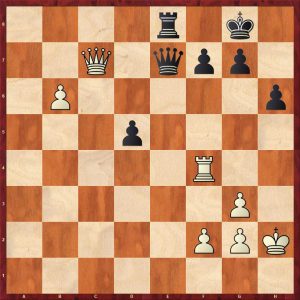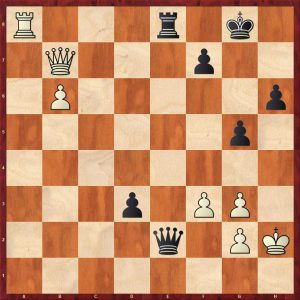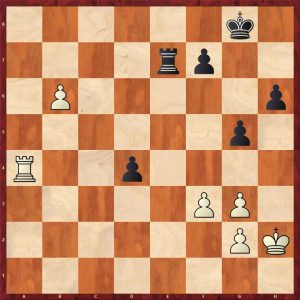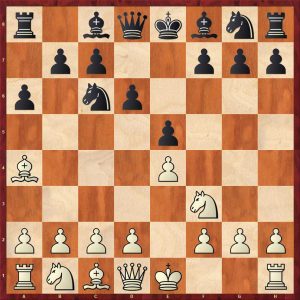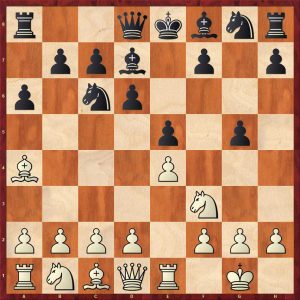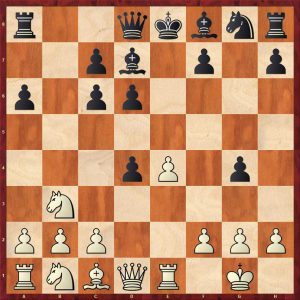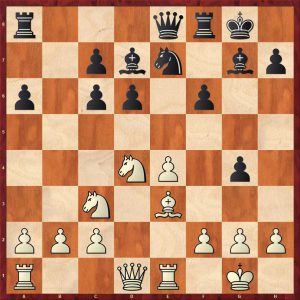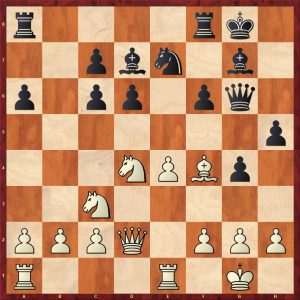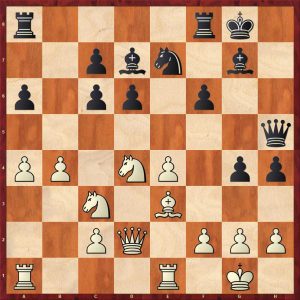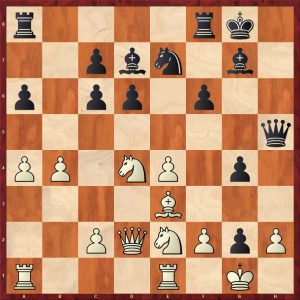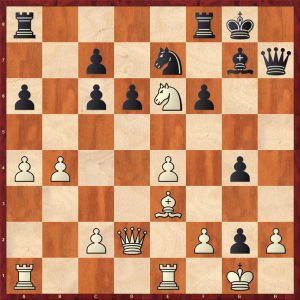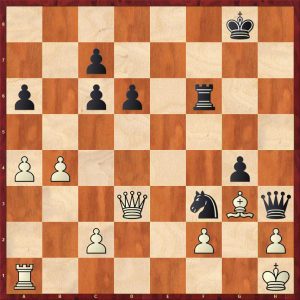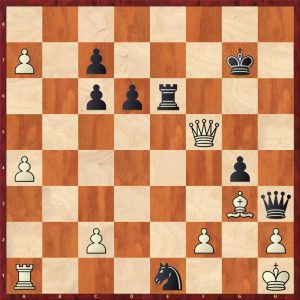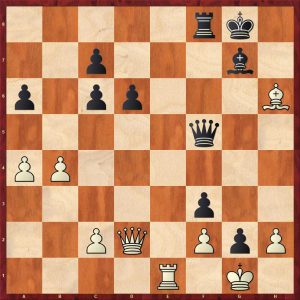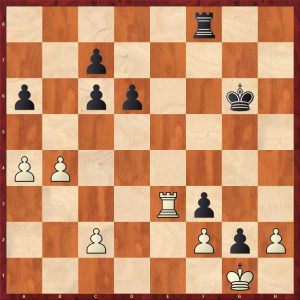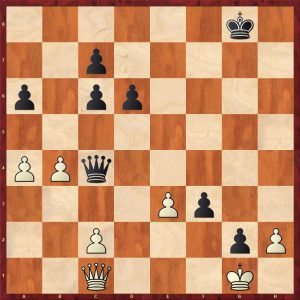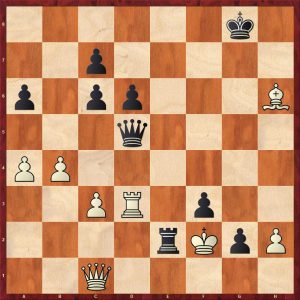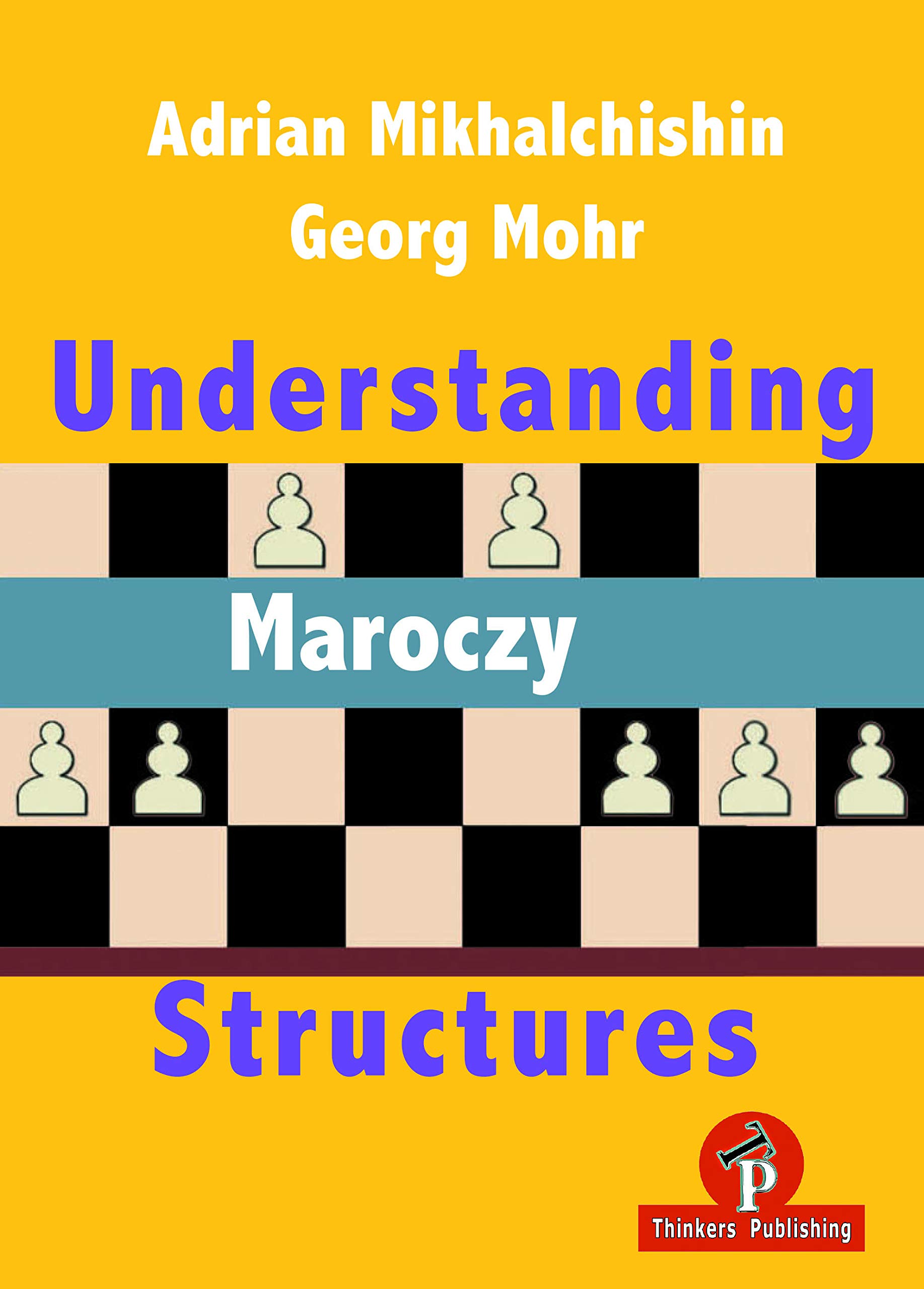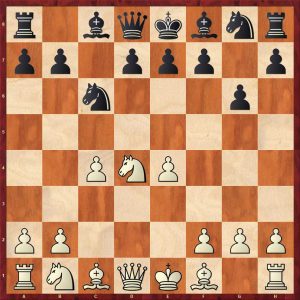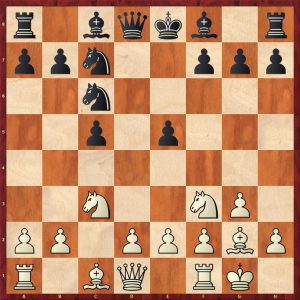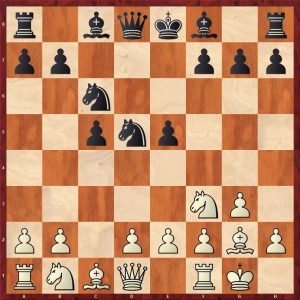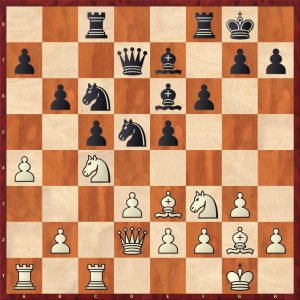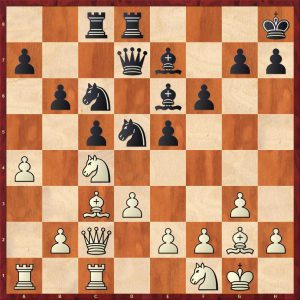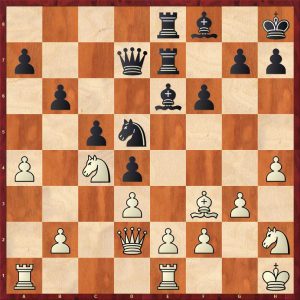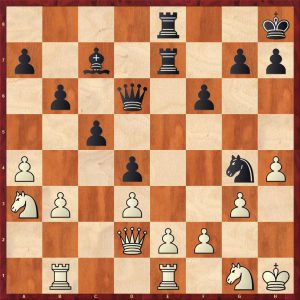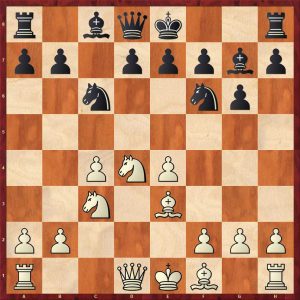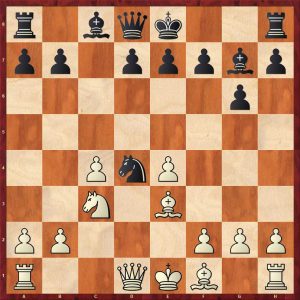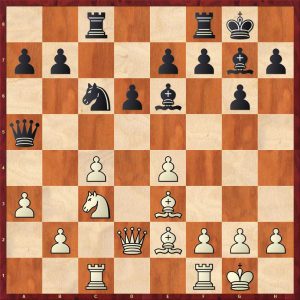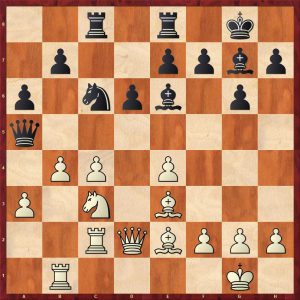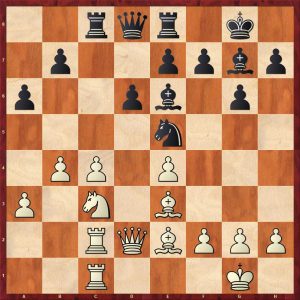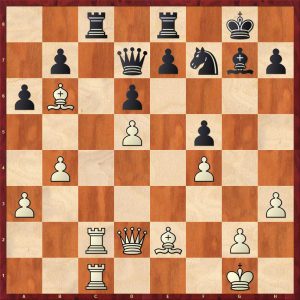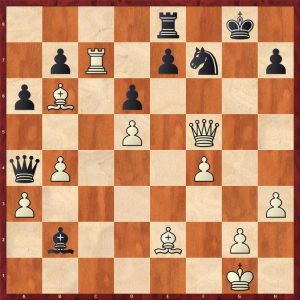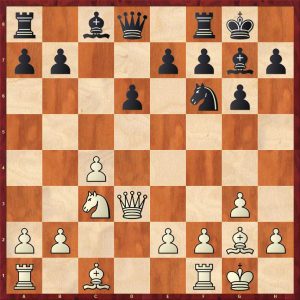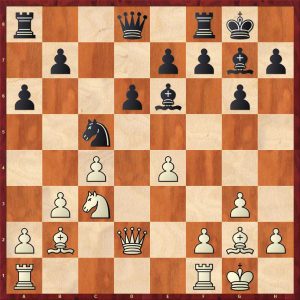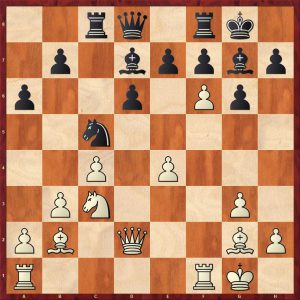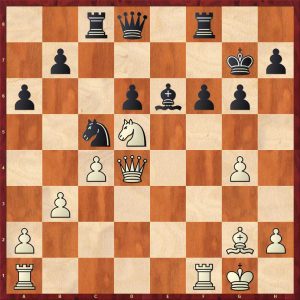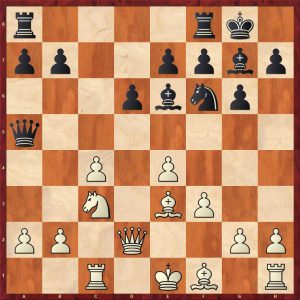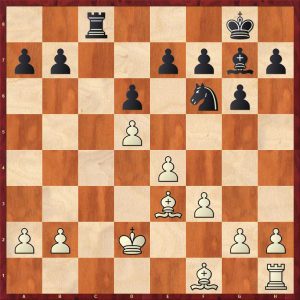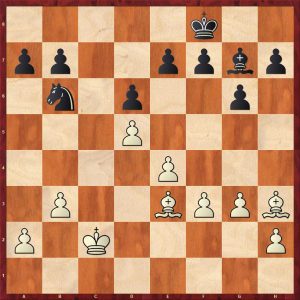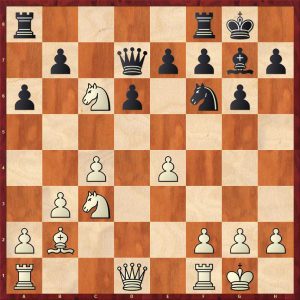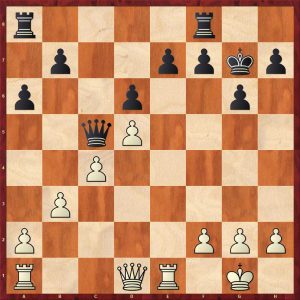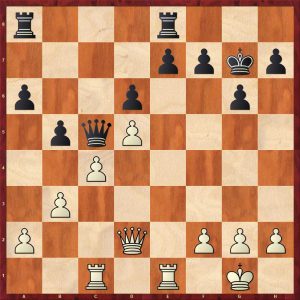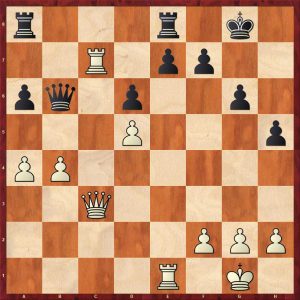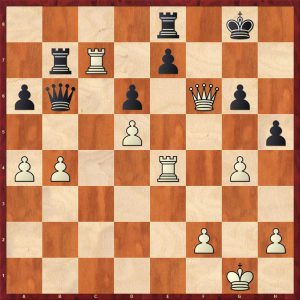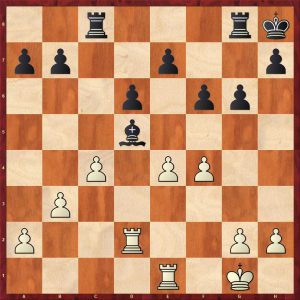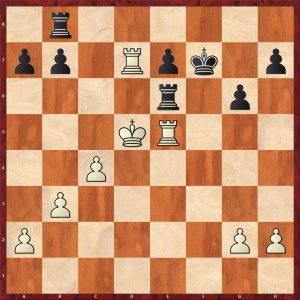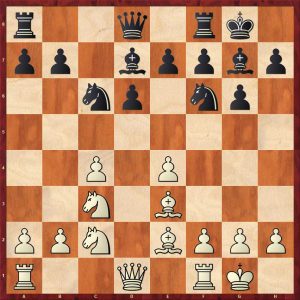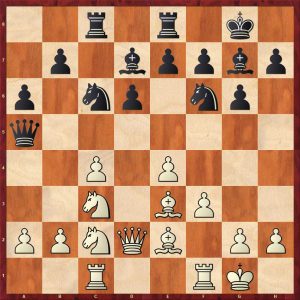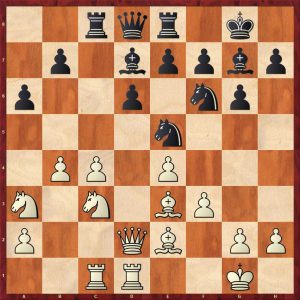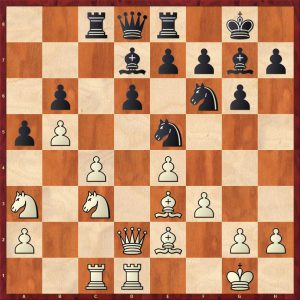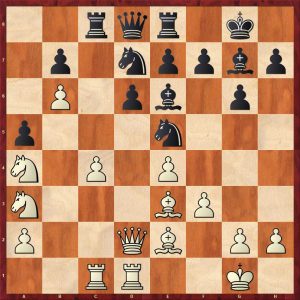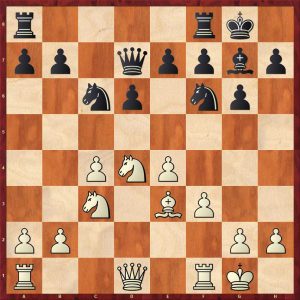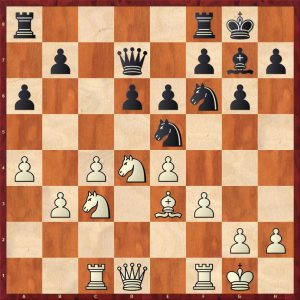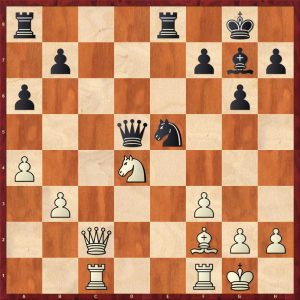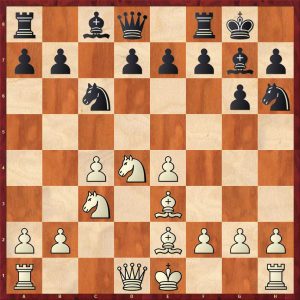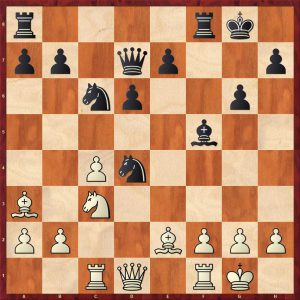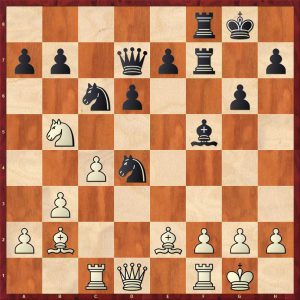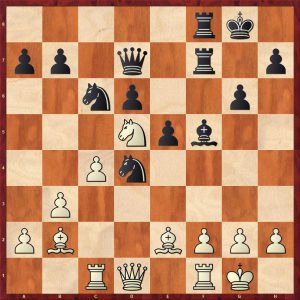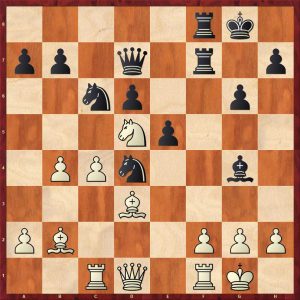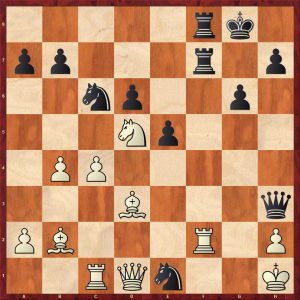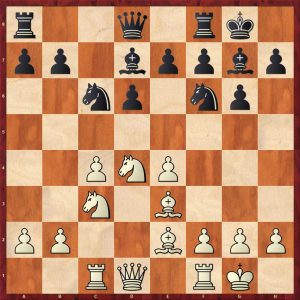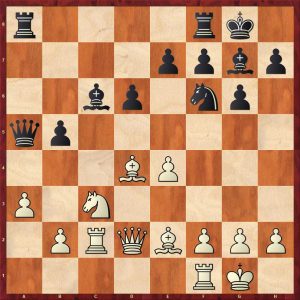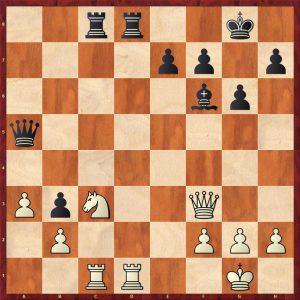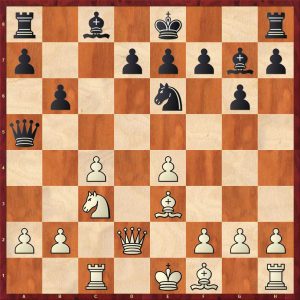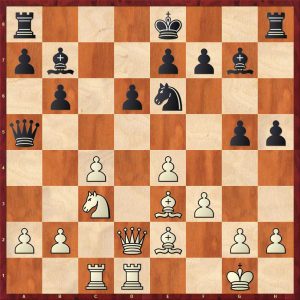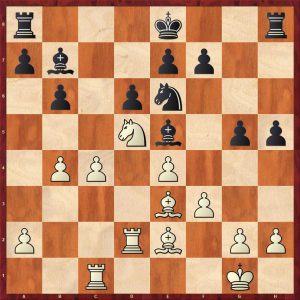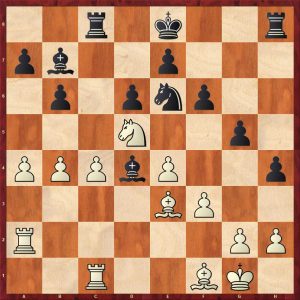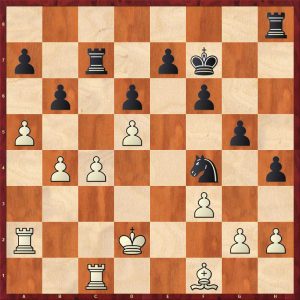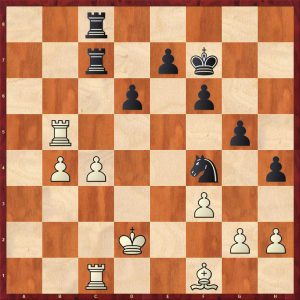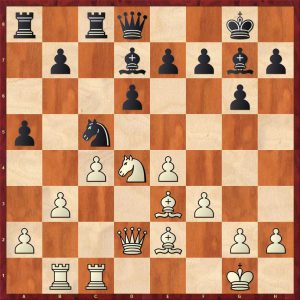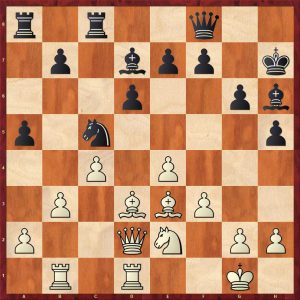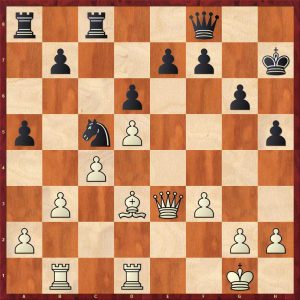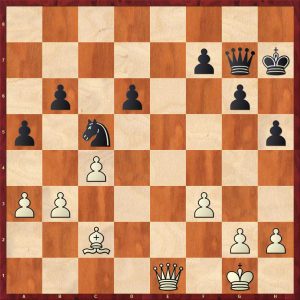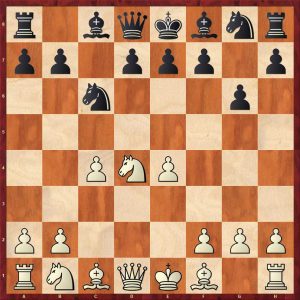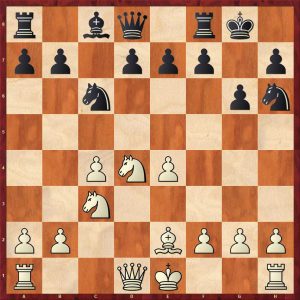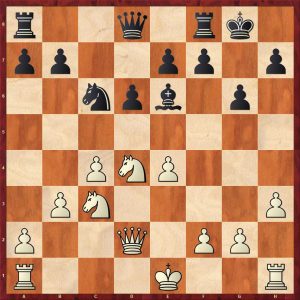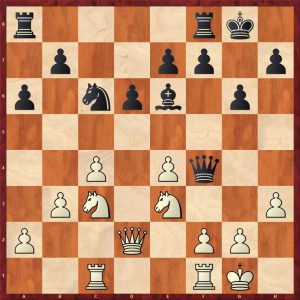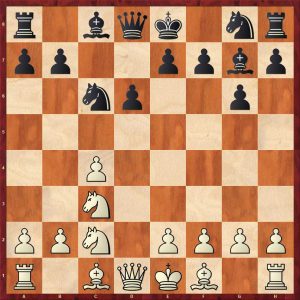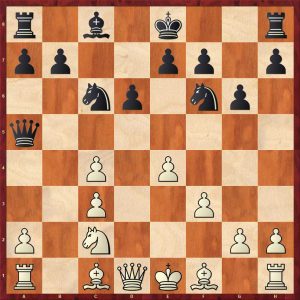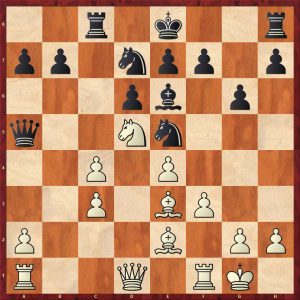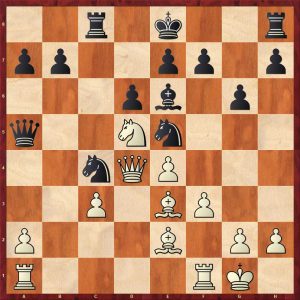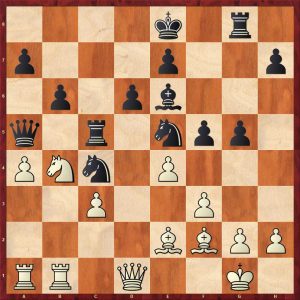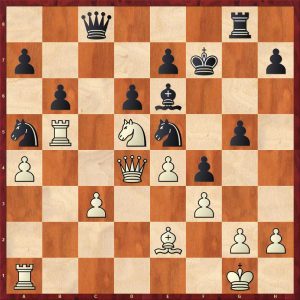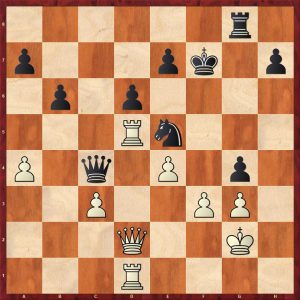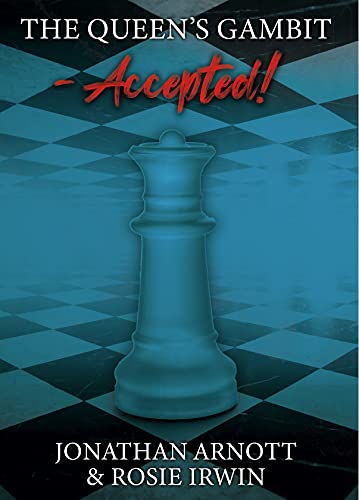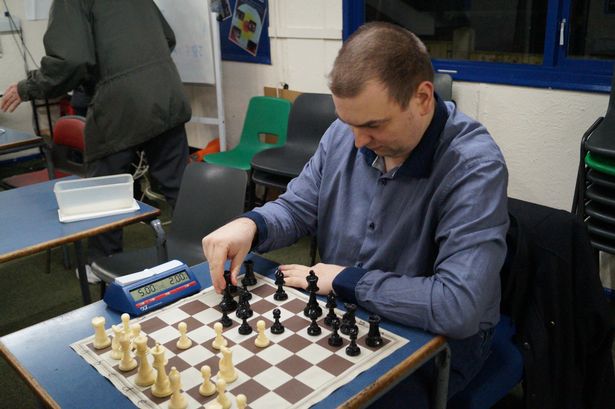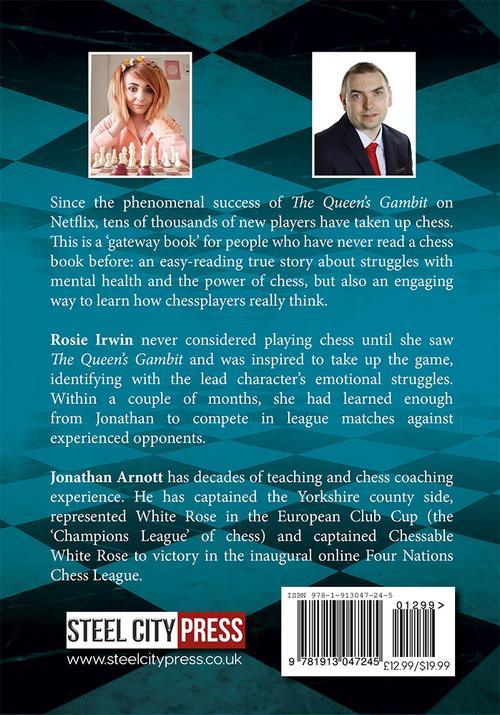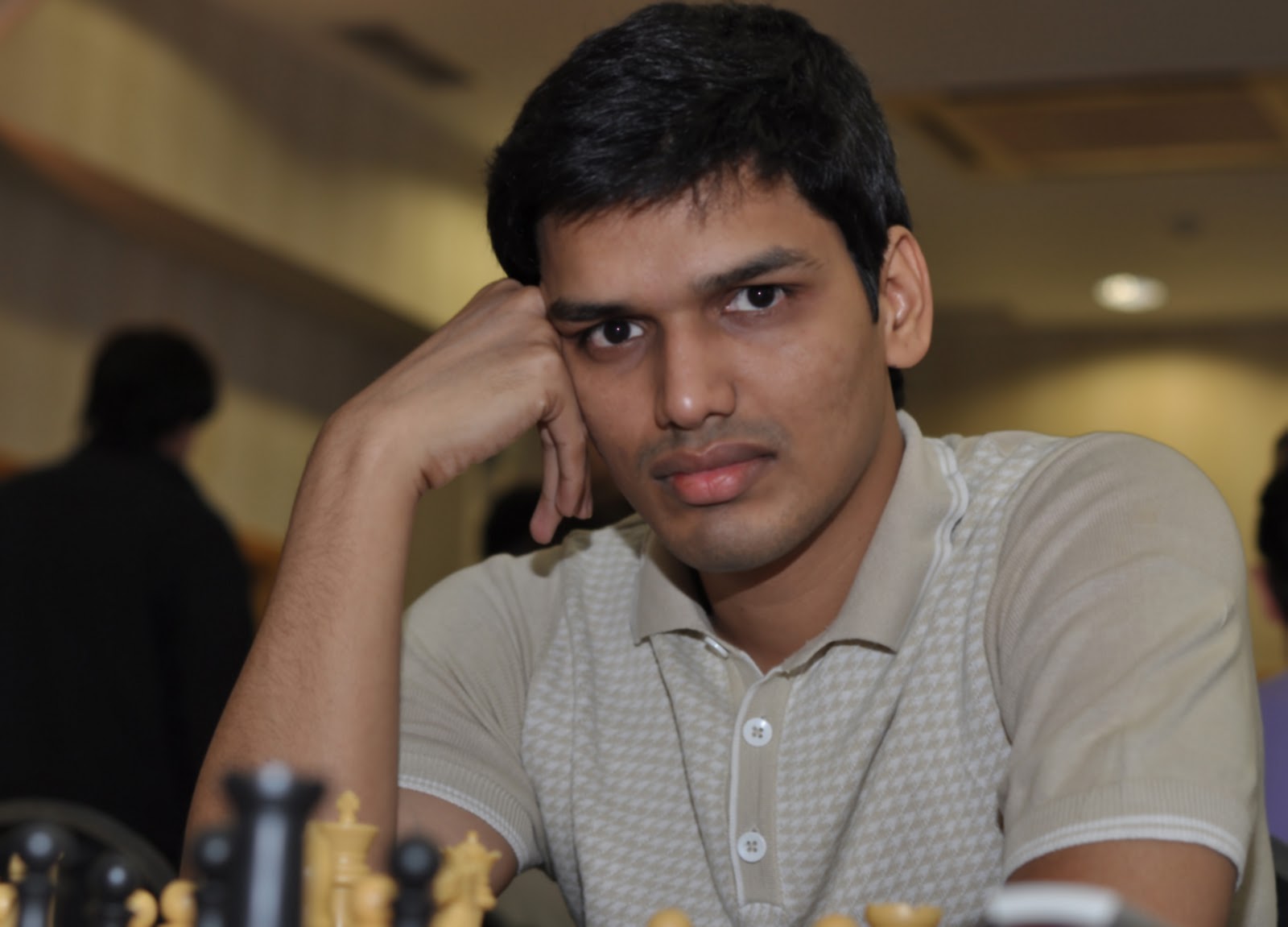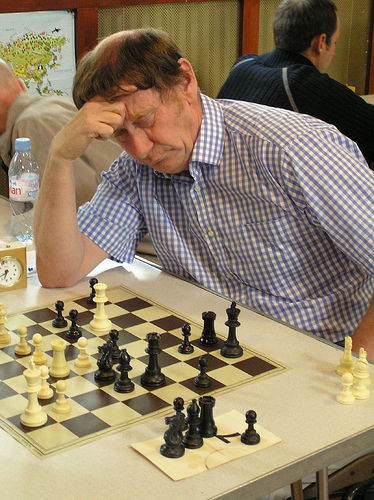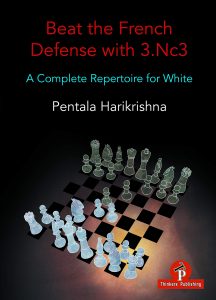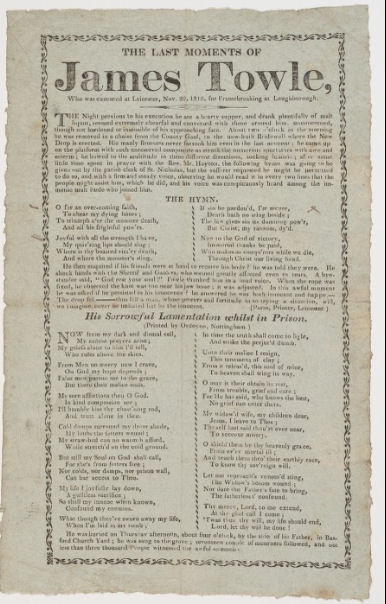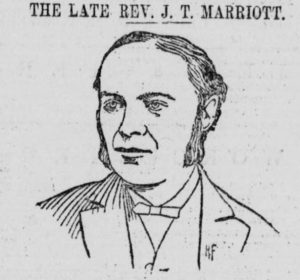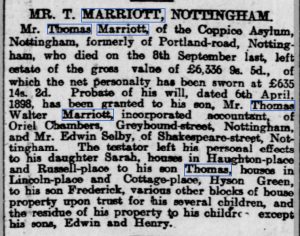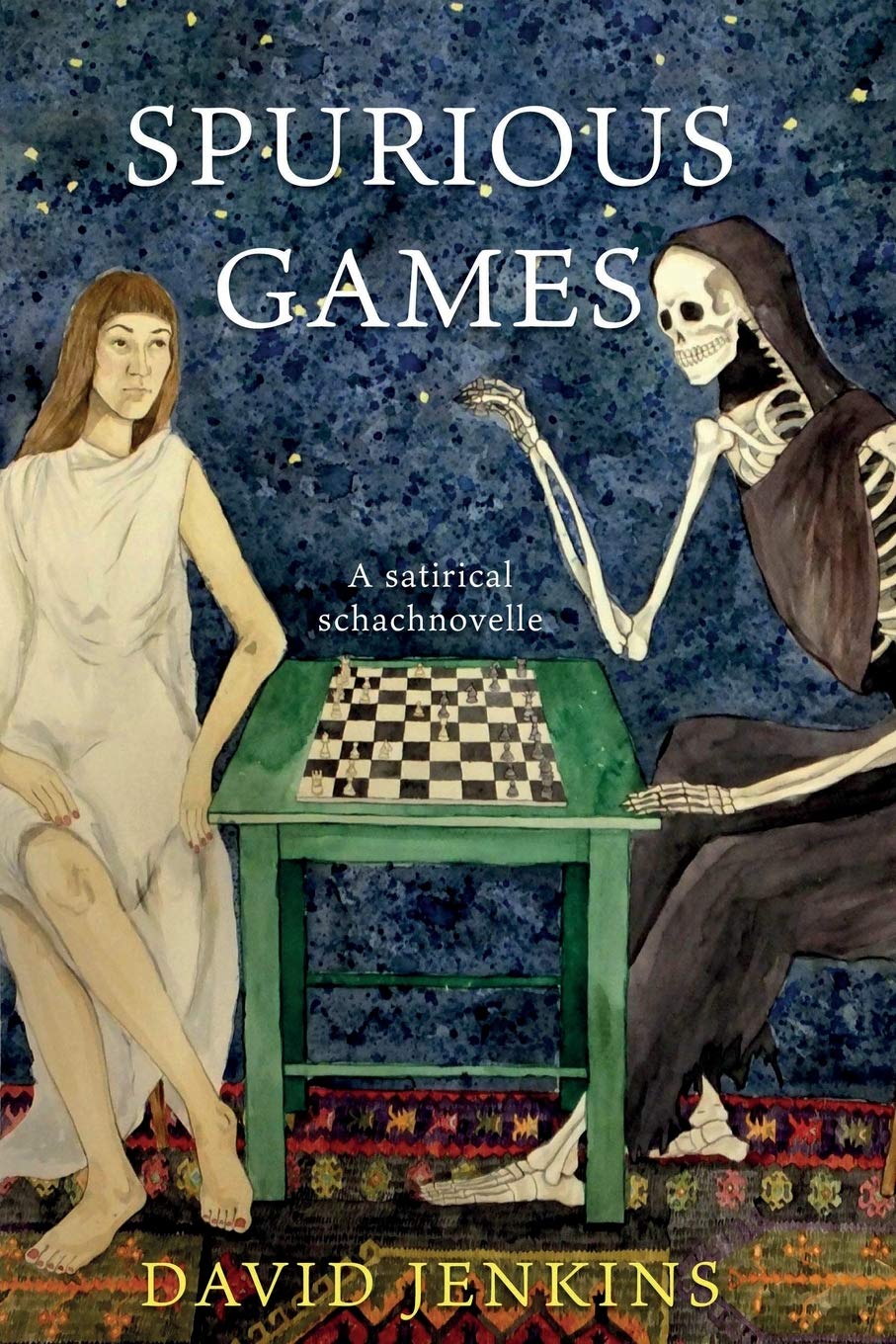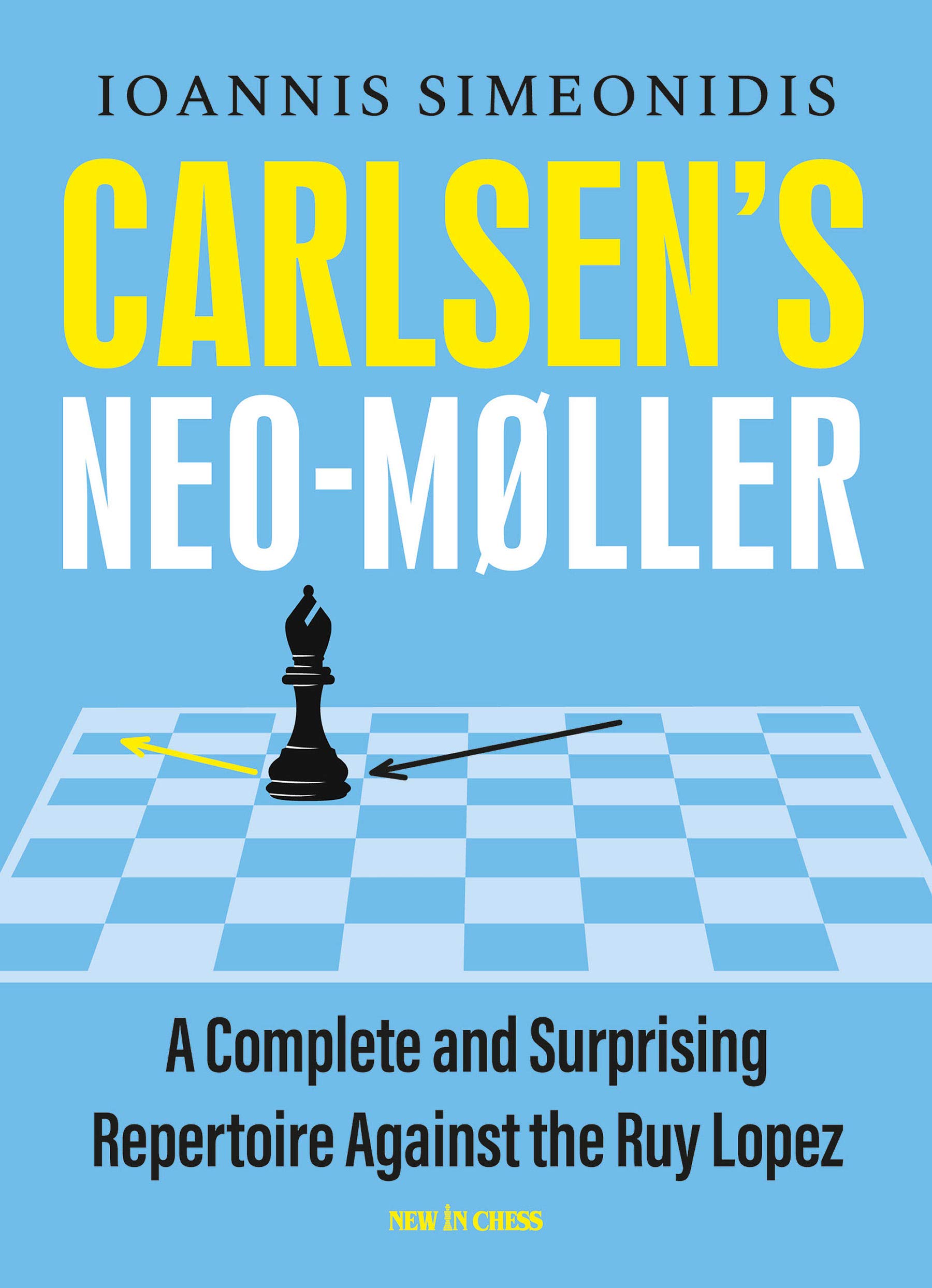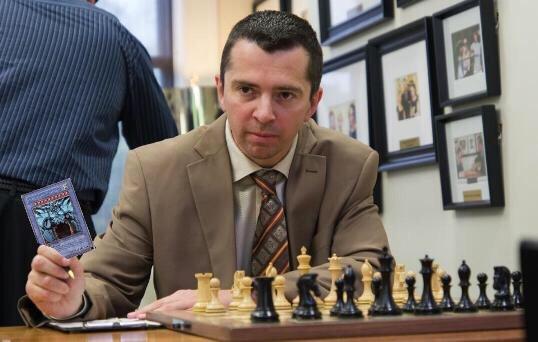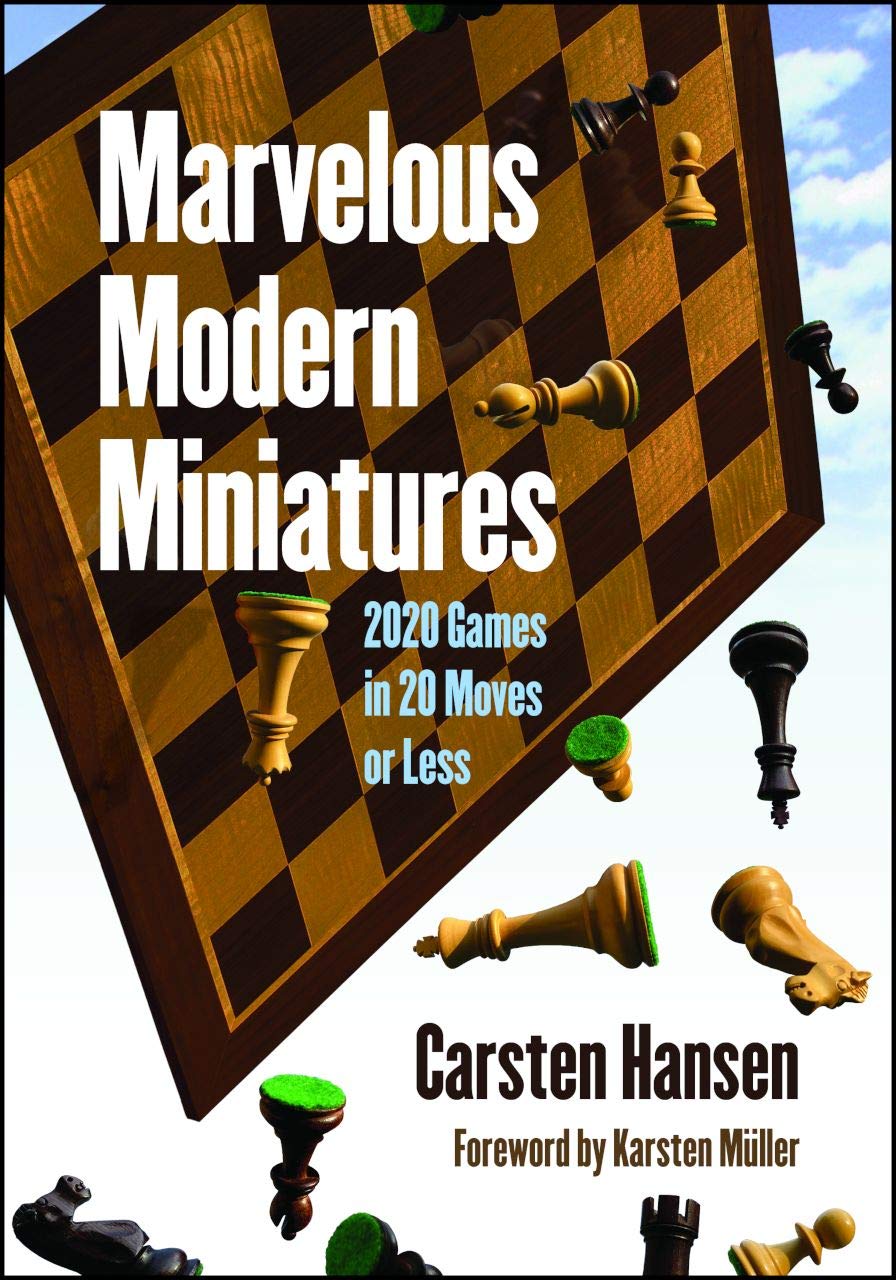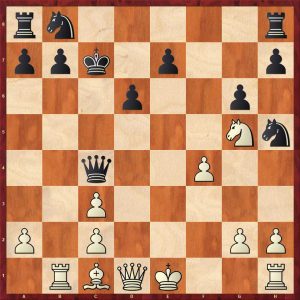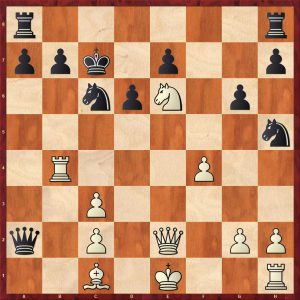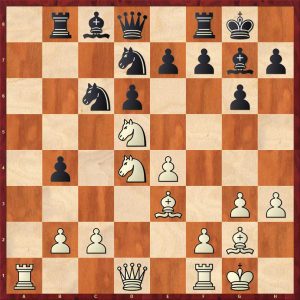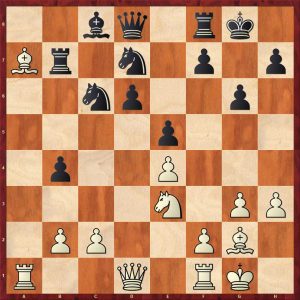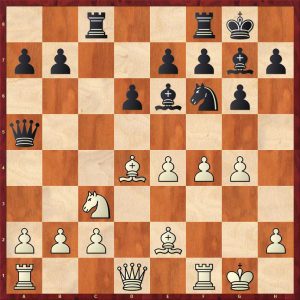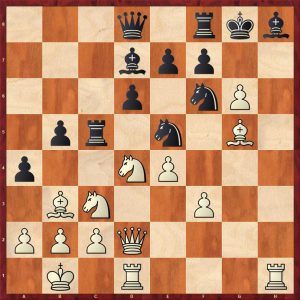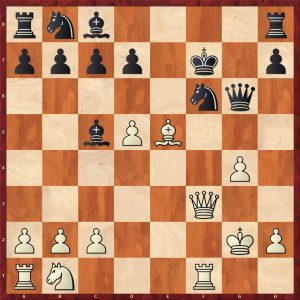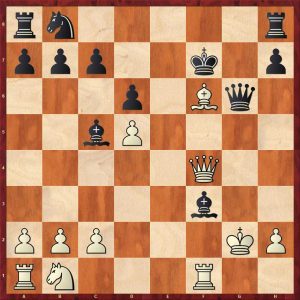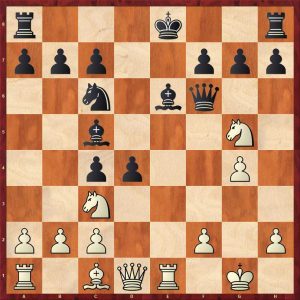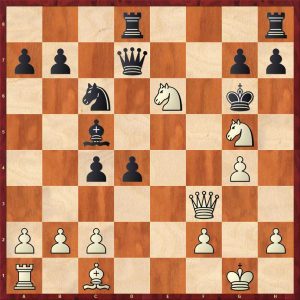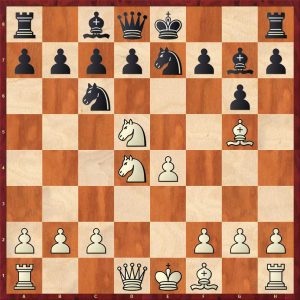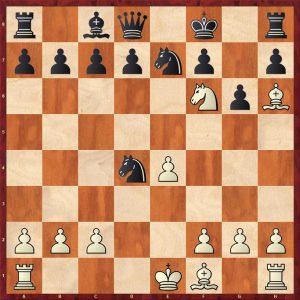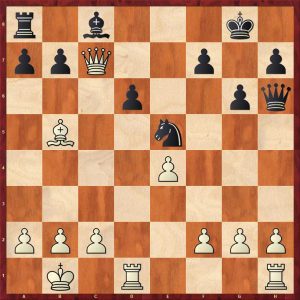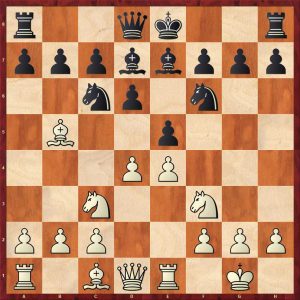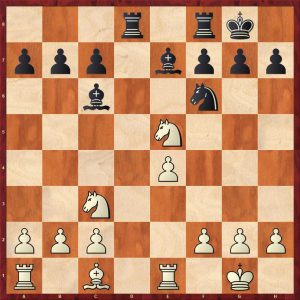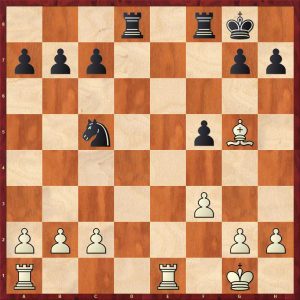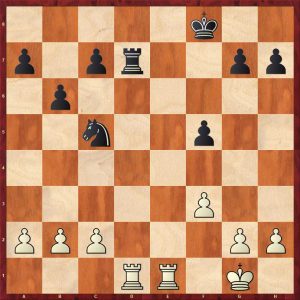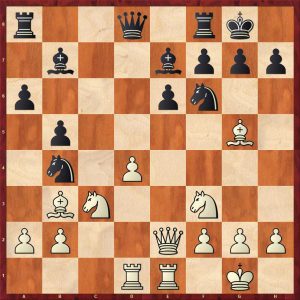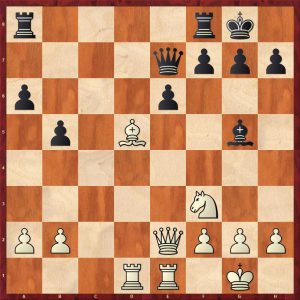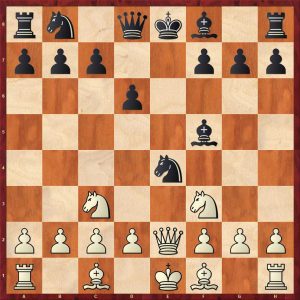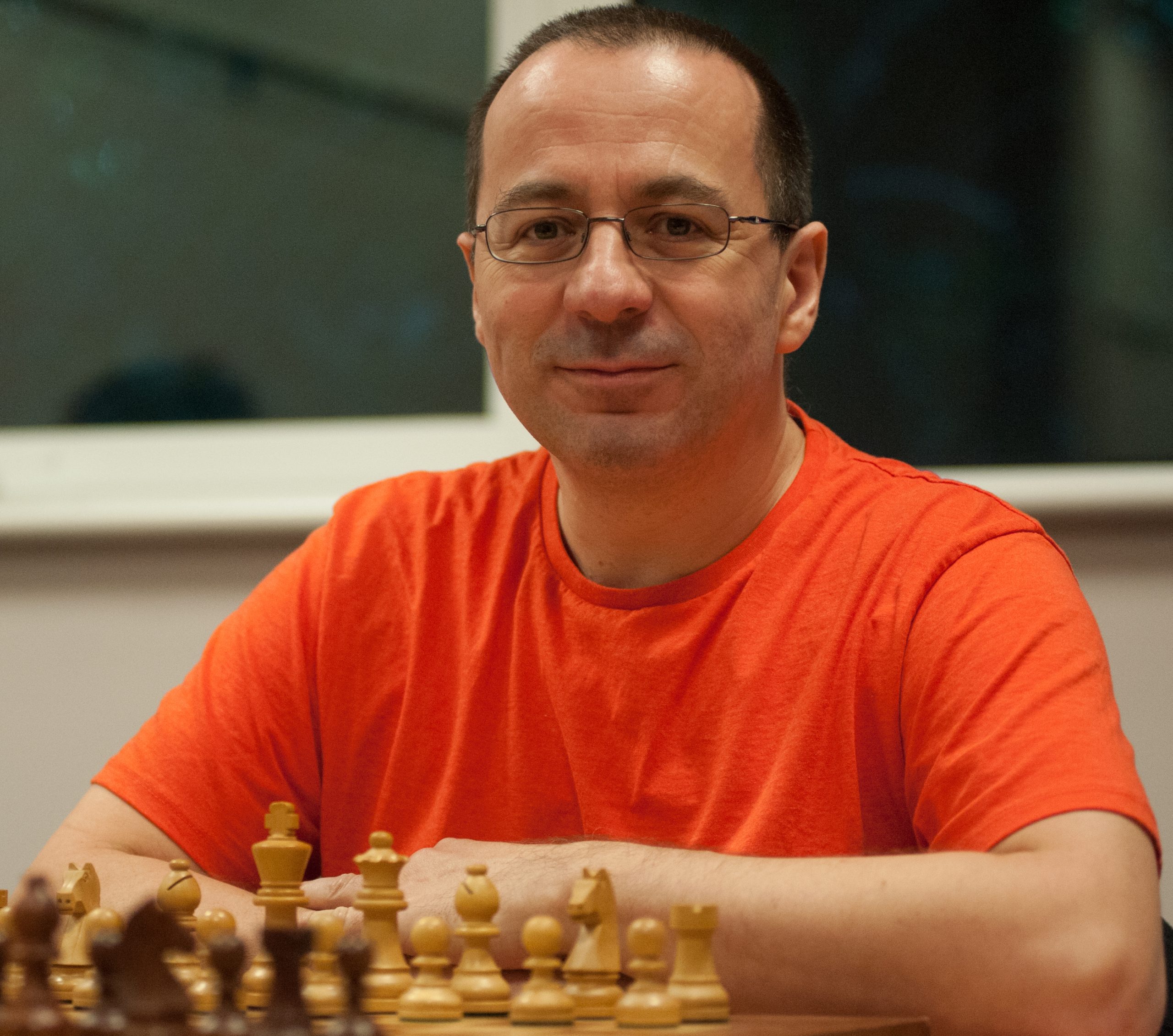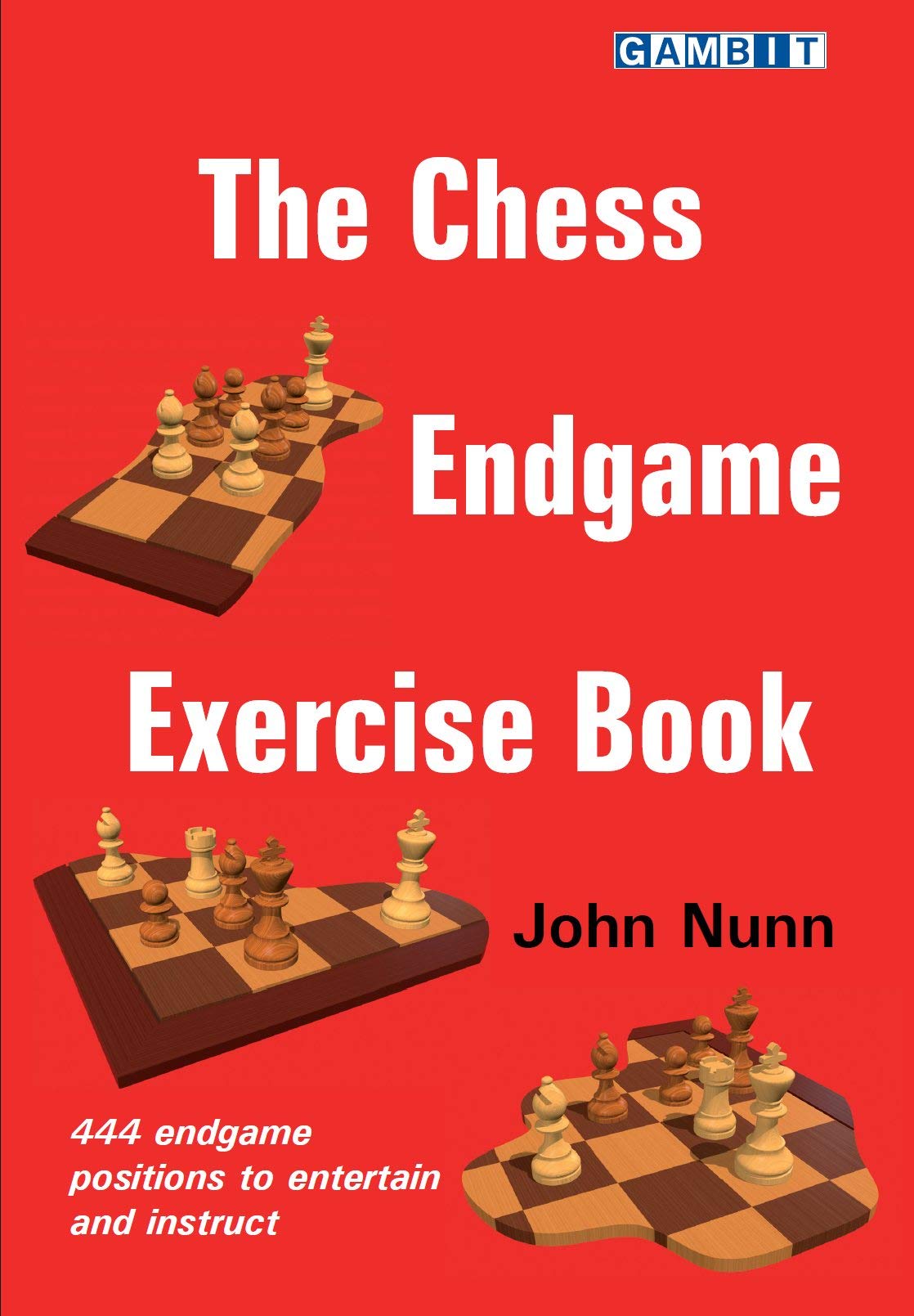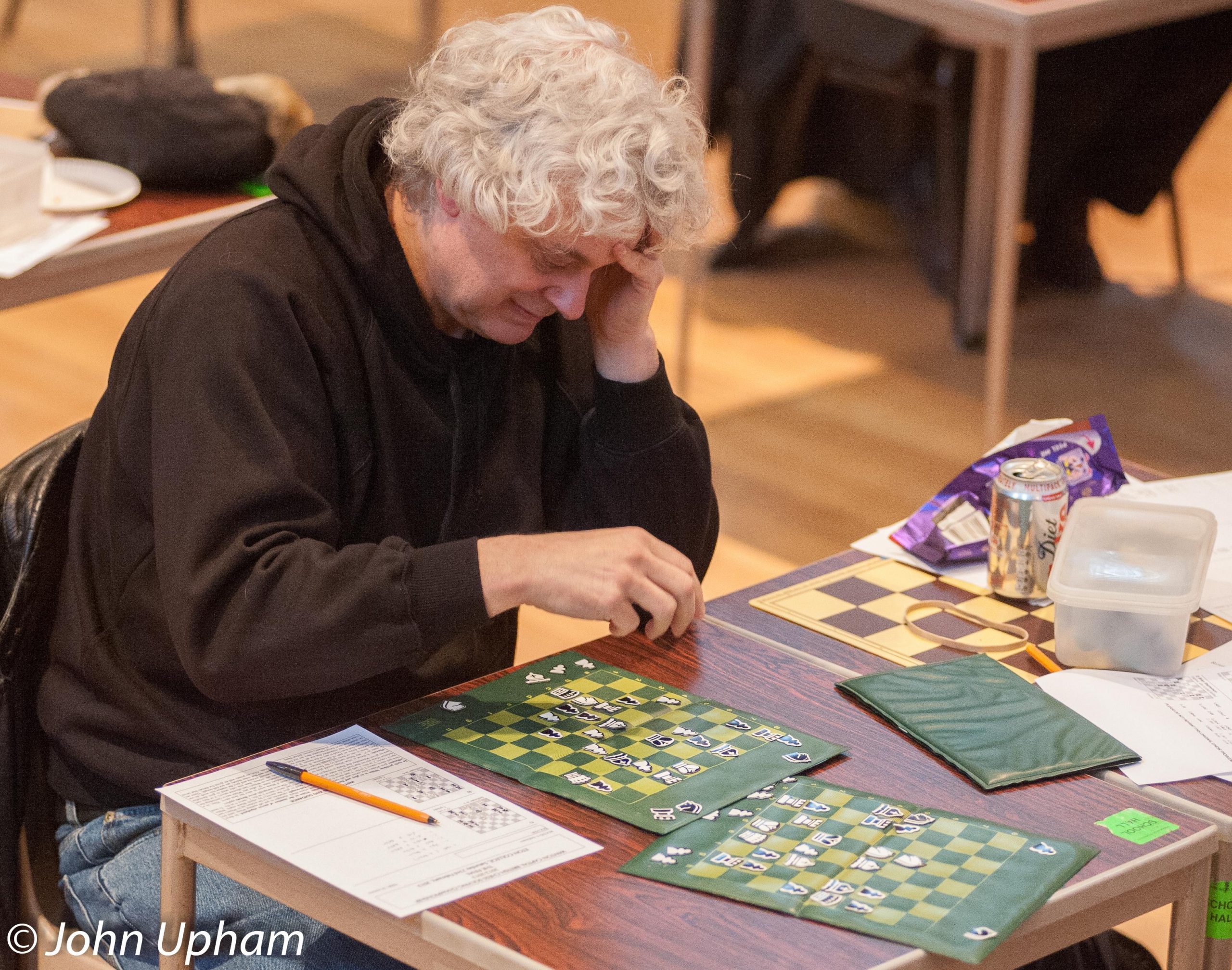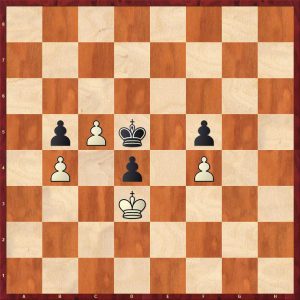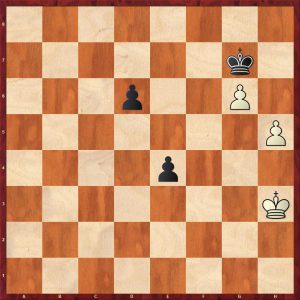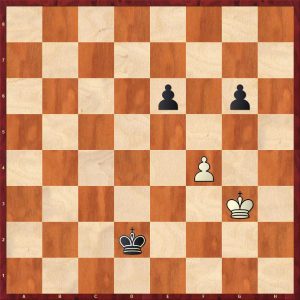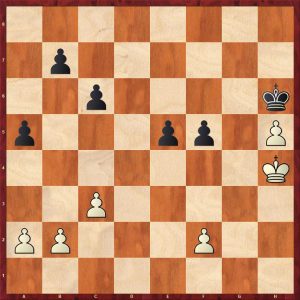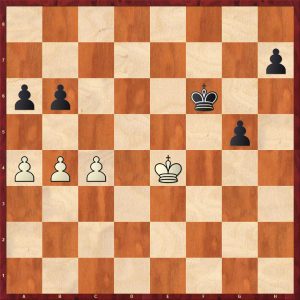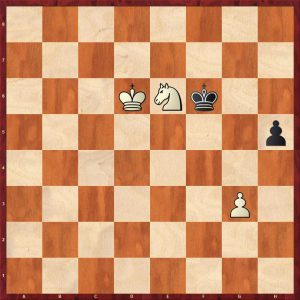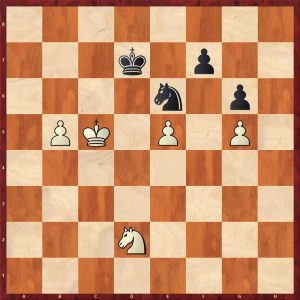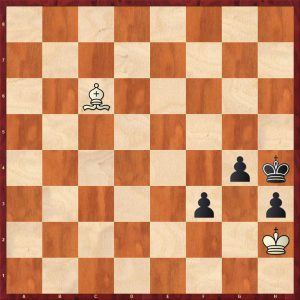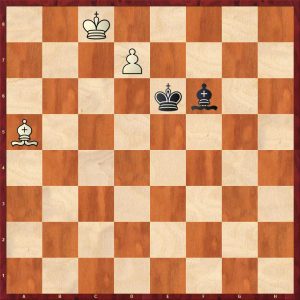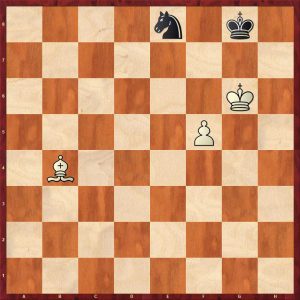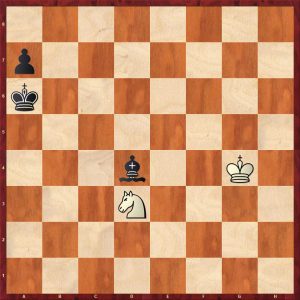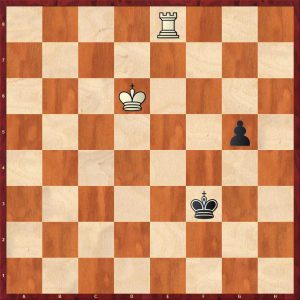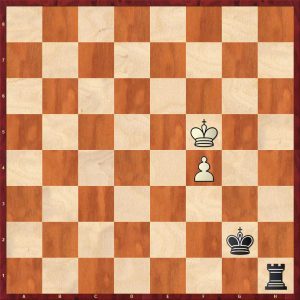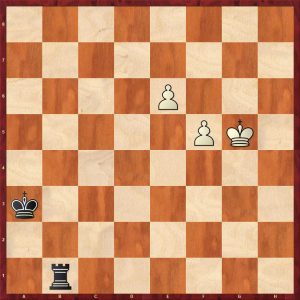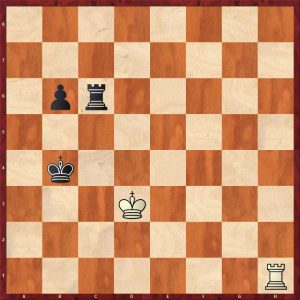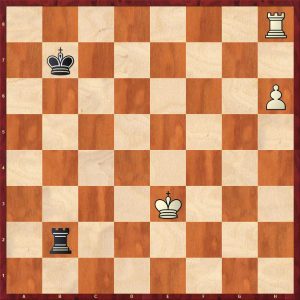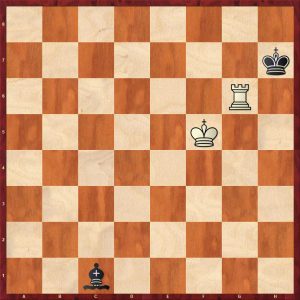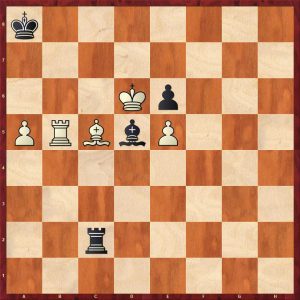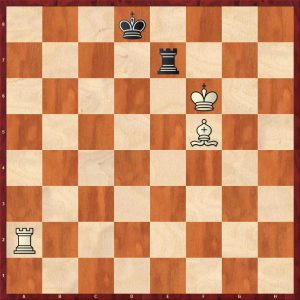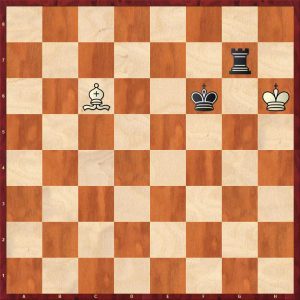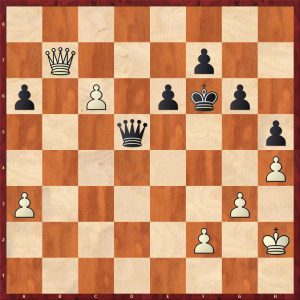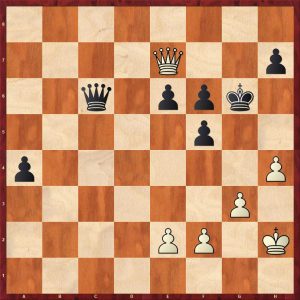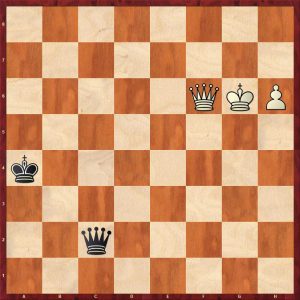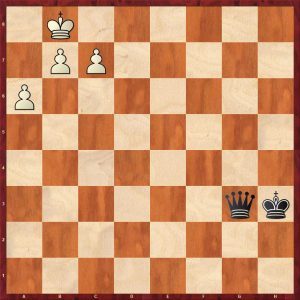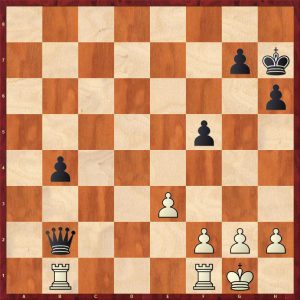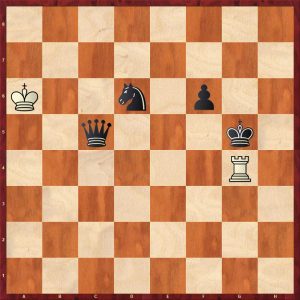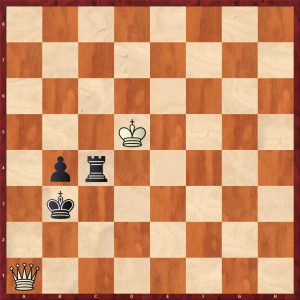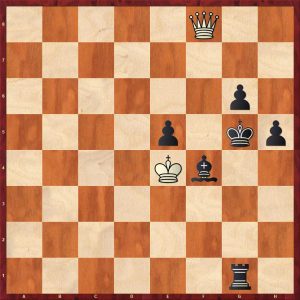How to Become a Candidate Master: A Practical Guide to Take Your Chess to the Next Level: FM Alex Dunne
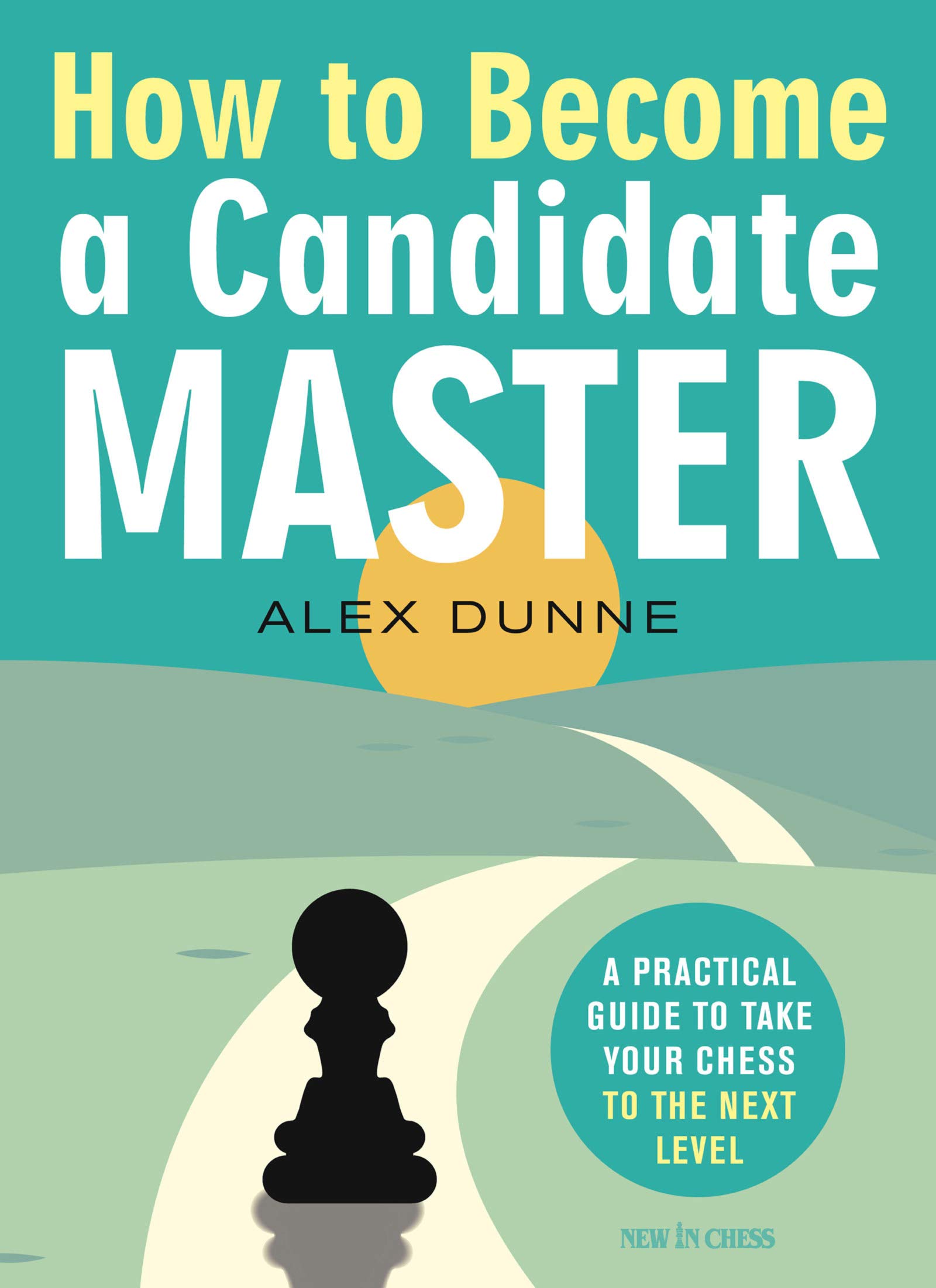
From the publisher:
Surprise yourself and reach higher! This book is based on real amateur games and shows you how an average club player can proceed through the ranks and reach Candidate Master level. Its a hard struggle, nothing comes for free and your path will be strewn with setbacks and disappointments. Just like in real life.
Alex Dunne guides you in the more than 50 games that you will be playing and offers lots of practical, straightforward and effective advice. Slowly but surely, you will improve in all phases of the game: the opening, the middlegame and the endgame. Dunne explains when and how to activate your pieces and how to recognize and punish the errors your opponents are bound to make. At the end of the book, having absorbed these lessons, your experience, technique and confidence will have improved in such a way that your first win against a master will not come as a big surprise.
Alex Dunne is an American FIDE Master, ICCF Correspondence Chess Master and author of more than a dozen chess books. He lives in Sayre, Pennsylvania. This is a revised, improved and extended edition of the 1985 classic.

I’ve always thought that one of the best ways to improve your chess, especially if you don’t have the time or inclination for serious study, is to do two things:
- Look at the games of players rated 200-300 points higher than you. Work out what they do better than you, and what you need to do to reach their level. They’re not that much stronger than you so you can think to yourself “Yes, I could do that”.
- Look at the games of players of your own strength (best of all, your own games). Look at typical mistakes and work out how you could avoid those mistakes and take your chess up to the next level.
That’s exactly what this book aims to do. However, it was originally published in 1985. It was a best seller in its day, but does it really stand up to the test of time? Was it really worth updating and re-publishing?
Let’s get the title out of the way first. It’s rather misleading: FIDE considers Candidate Masters to be players rated 2200+, whereas this book uses the term to mean USCF Experts: players in the 2000-2199 range. The target market, according to the introduction, is USCF Grade A players: rated 1800-1999, although, as standards are higher now than 35 years ago, I’d put it lower than that.
As Dunne says in his introduction:
It is the design of this book to reveal the difference in play to the 1800 player to enable him to become a Candidate Master.
And again:
This book, then, differs from others in that the games contained within are mostly games between 1800+ players and Candidate Masters. These games were mainly selected from 1982 US tournaments with some more modern games included.
So what you get is 50 games, mostly between 1800-1999 rated players and 2000-2199 rated players, and mostly played in 1982. There are two later games, new to this edition, featuring stronger players.
It’s not the only book featuring amateur games. Reinfeld’s 1943 book Chess for Amateurs may have been the first. Older readers will also recall the Euwe and Meiden books, while, more recently, there have been books by the likes of Jeremy Silman and Dan Heisman. You might see Chernev’s Logical Chess Move by Move, although it features games by stronger players, as a book written with a similar purpose in mind.
The games are, as you’d expect, not of especially high quality. I’d also speculate that 1800 or 2000 rated players today are rather stronger than they were 40 years or so ago. Perhaps, because they’ll be more comprehensible to average club players, you’ll find them more instructive than those played by Magnus and his chums. You won’t encounter any brilliant sacrifices or spectacular attacks here, and not much in the way of complicated tactics either: just typical games that you or I might play in tournaments or league matches, where, in most cases, the stronger player displays greater knowledge or skill than his weaker opponent. You’ll even find one or two short draws here, though it’s debatable whether they add anything to the party.
You sit alongside the Candidate Master (or, more accurately, Expert), guessing, if you choose, his (or perhaps her: the players are not identified by name) moves, and are occasionally asked questions which are answered at the end of the chapter.
We’re assured that The analysis has been checked with modern computer engines for accuracy and that Also, a more modern view of some of the openings has been used, but there’s still a dated feel to many of the annotations. I’m not sure without checking how much has actually been changed since the original 1985 edition.
Here’s the first game.
Like many of the games here, it seems on the surface that the CM didn’t do anything especially difficult. The last move was pretty, but at that point everything reasonable would have won. At the same time, Mr 1907 didn’t make any very obvious mistakes. It was more a question of not understanding what was happening at the critical point in the game. I should add that I don’t play the Sicilian Najdorf with either colour: much too hard for me, as it was for poor Mr 1907.
I asked my shiny new Stockfish 14 to take a look.
Dunne asks us how important Black’s unusual 6th move (rather than the usual 6… e6) is. Stockfish tells me e6 is equal, but Qc7, amongst other moves, is slightly better for White. Dunne doesn’t say anything very helpful: I’d have thought the point was that White is always going to play Bb3 anyway, while Black may not want to play an early Qc7.
On move 9, Dunne rightly says that 9. O-O is slightly inferior because of tactics on the g1-a7 diagonal, but without mentioning any alternatives. It makes sense to me (and to my fishy friend) to play Be3 before castling. He gives a line starting 9… Nxd4 10. Qxd4 d5 11. Kh1?!, but the engine prefers White here after 11. Be3, thinking that Black would be better to play the immediate 9… d5, threatening to take on e4. It’s still only equal, though.
The critical part of the game is between moves 10 and 13. 10… Na5, to trade off the dangerous bishop, or 10… Be7, to castle the king into safety, are the two moves almost always chosen here, and both of them are absolutely fine and equal. On move 12 Black chose the wrong recapture: Bxc6, not leaving the queen exposed was better. The last chance to stay in the game was to play 13… Be7. The tactical point he may have missed is that 13… b4 14. a5 gives the white bishop access to a4.
Although Black played what looked like natural moves between moves 10 and 13, his position went from equal to totally lost. At one level he lost because he failed to develop his king-side and castle his king into safety. I suppose you could also say he chose a complicated opening variation without having enough understanding and played a few casual moves when more concrete decisions were required, but, without access to 21st century technology it’s understandable that Dunne didn’t mention this explicitly.
Dunne has some interesting views on opening choices: you might or might not agree. In game 16 Mr CM is congratulated on meeting 1. Nf3 with the relatively unusual 1… b6 to get his opponent out of the books, even though he unexpectedly loses the game. But in game 25 Mr 1816 is roundly castigated for choosing the Trompowsky. This is bad strategy on the 1800 player’s part. The weaker player with white has a better chance of gaining a good position by playing book lines.
In other words, weaker players should play book lines while stronger players should try to get weaker players out of the book by playing less usual variations. I can see why he thinks this way, but it might not suit everyone. It might not suit you.
I was interested in the double rook ending in this game.
Mr 1863, playing black, had rather the better of the opening and has now reached this double rook ending where he has the superior pawn formation.
Let’s pick up the story after White’s 29th move.
Dunne rightly and instructively points out that if the rooks were off the board Black would win the pawn ending. He therefore proposes that, instead of 29… g6, suggesting he doesn’t understand the ending, he continues with 29… Rxd1 30. Rxd1 a5! 31. c4 Ra8 32. Rc1 Ke6, when he will have made further progress towards the win. Stockfish has several problems with this: 32. c5, to prevent b5, is equal, 32… b5 would indeed give Black winning chances, and again after 32… Ke6, 33. c5 would be equal.
The game continued:
29… g6 30. Ke3 Ke6 31. h4 h5 32. Ra1 a6
This move passes without comment, but Stockfish prefers to give up the pawn and double rooks on the d-file: something like 32… Rd7 33. Rxa7 Red8, with adequate counterplay.
An instructive moment, I think, demonstrating the important principle that, in rook endings, the initiative is often worth a pawn. No mention in the annotations, though.
Moving on:
33. Ra5! f6? (Poor endgame play – Black allows his pawns to become weakened.) Yes, quite possibly. Dunne’s improvement, Re7, is probably better, but Black missed a tactical defence next move.
34. f5+ Kf7
Here Black could have equalised with 34… gxf5 35. Rxf5 Rd5!, so White should have maintained his advantage by playing 34. c4! to prevent this possibility.
By solid play White has overcome his inferiority of eight moves ago and now owns an advantage. Thus is the advantage frittered away because of the 1800 player’s lack of endgame technique (read: understanding).
White was actually equal (although his position may have been harder to play) 8 moves ago, and the point about Mr 1863’s lack of endgame technique is well made, but there are also analytical errors which can easily be picked up by modern computer engines.
There are other more minor issues as well. You might want to consider, for example, how White’s inaccurate 52nd move gave Black a defensive chance.
One reason for the difference between 1800 and 2100 players is indeed that Mr 2100 is more likely, in a general way, to understand what’s going on in the position, which is what this book is all about. Another reason, though, is that Mr 1800 is more likely to miss tactical points than Mr 2100. The annotations in this book focus more on positional rather than tactical ideas. You might think that, at this level, understanding ideas is more important than getting tactics right: if so, the analytical errors might not concern you too much.
You may well disagree but I found the annotations in general both frustrating and outdated. Frustrating because of Dunne’s tendency to ask questions without providing answers and criticise moves without suggesting improvements. Outdated because of the tactical oversights mentioned above, but also because readers are constantly exhorted to read My System and Basic Chess Endings, rather than more modern, and, at least in the case of My System, more relevant and approachable books. Occasional references to ChessBase have been added but, apart from that there’s little indication that the book is intended for 21st century readers rather than those in the pre-computer age.
The world’s a very different place now. I couldn’t have imagined, half a lifetime ago, that I’d be sitting here with a database of almost 8.5 million games and a free engine which plays far better than any human. We know a lot more now about teaching and learning processes as well.
It’s a great idea for a book, and was pretty good in its day. There’s certainly a lot of excellent general advice and encouragement within the annotations. But, in my opinion, it’s well past its best-before date. I’m afraid it’s only a qualified recommendation then.
Having said that, players of average club standard, say 1400-1800 strength, will certainly learn a lot from it, and, if they like the style and concept (there’s a sample chapter on the publisher’s website), they won’t be too disappointed.
I’d love to see more books written for average players based on amateur games, but I’d prefer to see something with more recent games, more accurate tactical analysis and more interaction between author and reader.
New in Chess have an enviable reputation for publishing excellent books, not to mention an excellent magazine. I’m not convinced that re-publishing outdated books will do much to enhance that reputation.
Richard James, Twickenham 9th July 2021
Book Details:
- Softback: 272 pages
- Publisher: New in Chess (7 Dec. 2020)
- Language: English
- ISBN-10:9056919210
- ISBN-13:978-9056919214
- Dimensions: 15.24 x 1.78 x 22.2 cm
Official web site of New in Chess



